Questions of the Week – All About Vegetables: May 16, 2019
Vegetable gardens are nearing their peaks of production. Several questions come up every spring at this time. Let me address them right now.
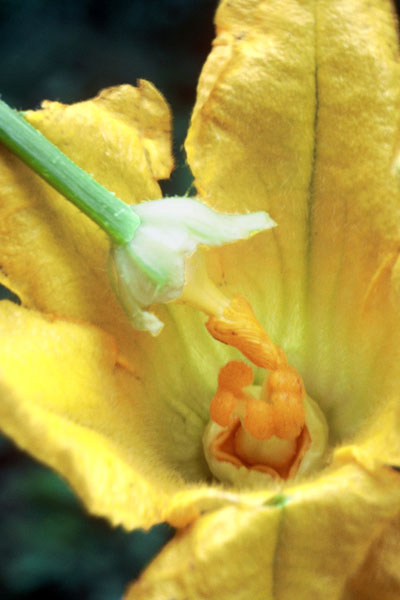
“Why do my squash flowers fall off without setting fruit?”
Squash flowers are either male (straight-stemmed and bearing pollen) or female (swollen stems at the bases of the petals, no pollen). The first couple of weeks that a squash plant is in bloom it is primarily producing male flowers. That’s nature’s way of ensuring that pollen will be available when the female flowers are finally produced. So check that first.
Second, make sure you have pollinators – as in bees. If you don’t have good bee activity, you may have to do the pollinating yourself. Clip one of the male flowers off. Using scissors, trim away the petals so you expose the pollen. Carefully daub it onto the female flowers. It may be as simple as that. And the same technique works on other cucurbits as well.
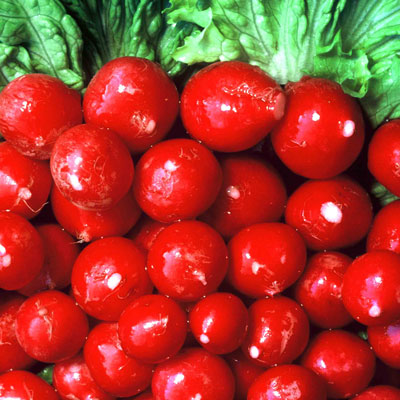
“Why are my radishes and onions hot and off-flavor?”
Anytime the growth of vegetables is interrupted, whether by drought or by extreme heat, it will impact the quality of the produce. Cucumbers can be added to the list, too. They become bitter. Plant at the right time and keep your plants growing vigorously.
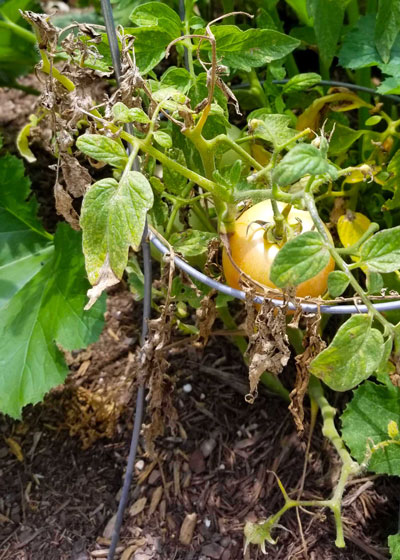
“Why do my tomato plants have yellow leaves at their bottoms?”
If there are thumbprint-sized blotches on the leaves, that’s early blight. Keep the leaves as dry as you can and apply a labeled fungicide.
A few weeks later the lower leaves may turn more of a manila folder tan. That will be spider mite damage. Thump those leaves over a sheet of white paper. If you see tiny, almost-microscopic specks starting to move about freely, those would be spider mites. You could fit probably 20 on the head of a pin, hence the need for the white paper so you can see them. If you find them, treat with a labeled insecticide.
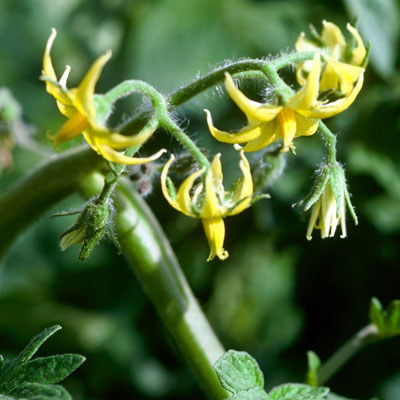
“Why do my tomato flowers fall off without setting fruit? It looks like something is cutting them off?”
They aren’t getting pollinated. Tomatoes are pollinated by agitation – by vibration, not by bees. Normally our Texas winds will take care of that, but in urban settings, houses and fences sometimes block the wind. Try thumping the flower clusters with the tip of your finger much as you’d thump a paper wad. Do so every couple of days. That will often make a big difference.
There’s also the chance that you have a large-fruiting variety. There is a correlation between tomato fruit size and the temperature at which plants will set fruit. Large varieties like Big Boy and Beefsteak are disasters in a Texas summer. They quit setting when daytime temperatures start to move past 90F. Next time, stick with small and mid-sized varieties.
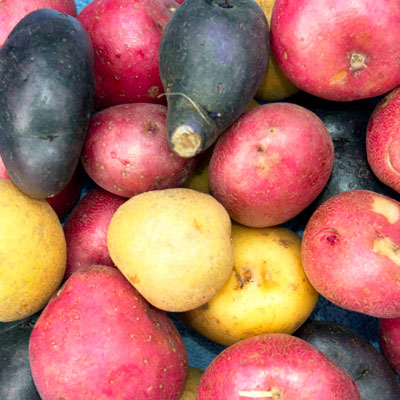
“How will I know when my potatoes are ready to dig?”
“New” potatoes are ready about the time the plants start to bloom. You’ll want to leave the plants in place until they finish flowering if you want baking size potatoes, although we in Texas don’t usually get the giant potatoes you’re used to seeing from Idaho. Nonetheless, you’re going to love the quality of the fresh potatoes you get.
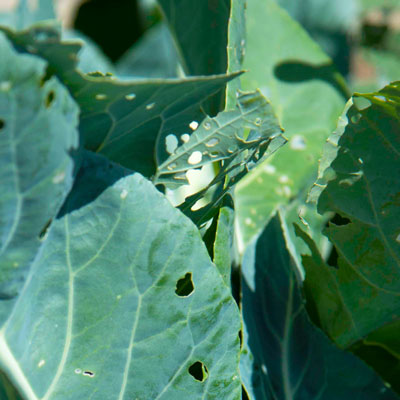
“Why are my cabbage plants all filled with holes? What could I have done to stop them?”
That’s the damage of cabbage loopers. They attack cabbage, broccoli, cauliflower, Brussels sprouts, kale and other Cole crops. The adult of the loopers is the cheerful little white butterfly you’ve been seeing fluttering around your plants. And now you know the whole story. The only reliable control is to apply Bacillus thuringiensis biological worm spray or dust to the plants. It will stop the loopers from feeding within just a few hours.
